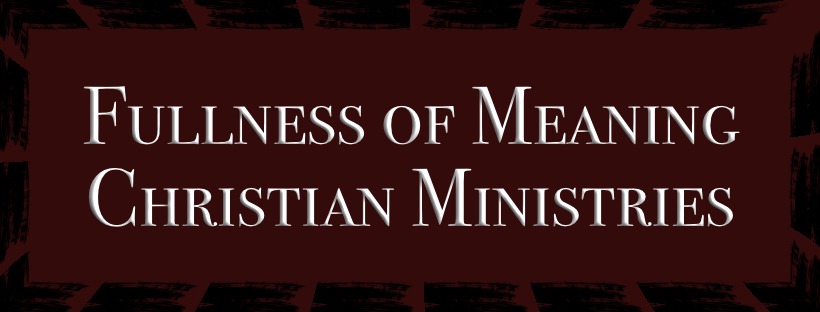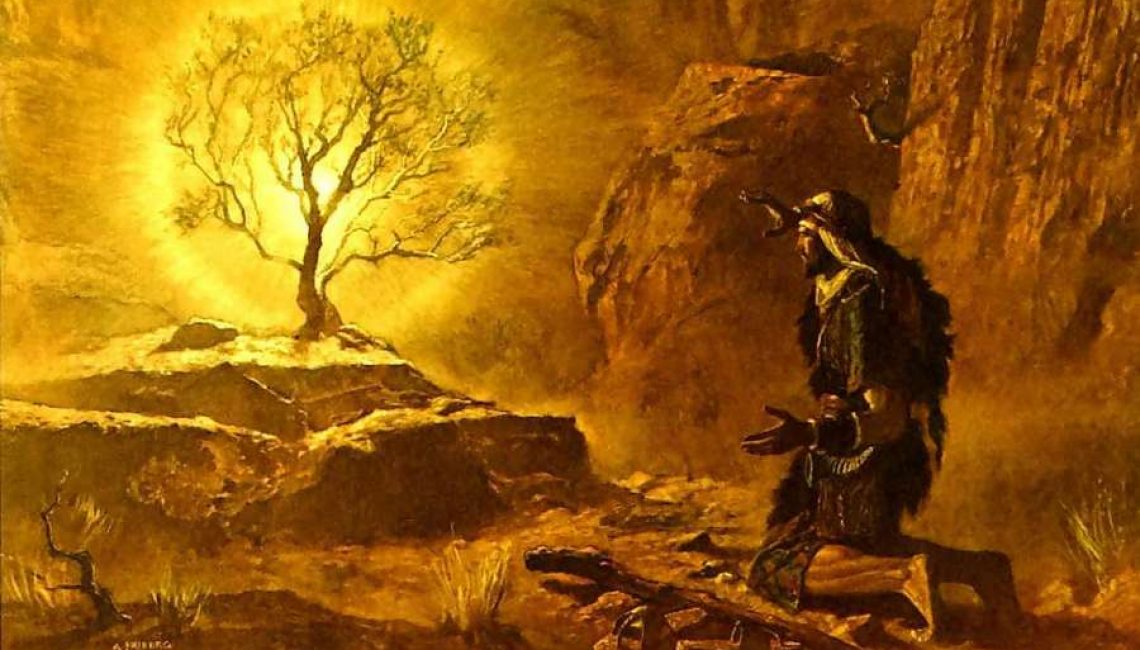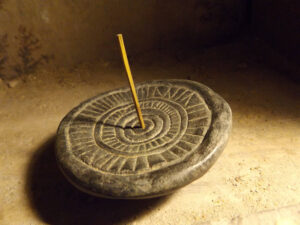The all too natural ancient etymologies of God’s “epithets”
“Gud God, Holy Cow, What kind of Heavenly Cheese?
3 Main Epithets:
Epithet 1 (“God”)
One of the earliest sentient cultures of great intelligence was (and STILL IS!) the Kartuli culture. This Kartuli or Kartvelian culture gave the Sumerians a relationship between nature and the heavens. Kartvelian culture made the Sumerian Language, culture and practices *sacrosanct*. Sumerians, seemingly, were primarily nothing more than an agrarian culture.
One can see the ‘imprint’ from the Kartvelian’s language to the Sumerians when one looks at the etymological origins of Sumerian inherited words by which are seen in later Sumerian agricultural, religious, political-organizing a city-state, etc.
By the way, Kartvelian culture did indeed affect the entire Indo European, Indo Germanic, Semitic, world, as well as Germanic, Norse, Anglo Saxon, and Icelandic Literature.
Such a particular example can be seen as follows in the dynamic between the Kartuli/ Kartvelian culture, Sumerian agrarian to city-state and Akkadian-Semetic.
With the etymological observance of Kartvelian being a Caucasus parent language of Sumerian synthetic-aspect language, we see the occurrence of a few things.
The simple bucolic (Greek: boukolos = “herdsmen”, from “bous” = “ox”) Sumerian word for bull, ox, cow, etc. is, “Gud, Gur, and gu4”.
With the influence of the already Divinely appointed sense to “guda” from the Kartvelian culture ca. 3,000 B.C., Sumeria was given an astronomical and astrological sense to its agricultural practices. The Kartvelian brings us the heavenly word, “guda”, = (gud, gur, gu – the divine bull, sun and moon. steer, bullock, ox, “that which pulls the plow”),
We see the same in the Akkadian (MUL (of the heaven) GU (cow/ ox) AN NA (Heaven)= “the Bull of heaven”—therefore, “that which brings/ treads the Day”).
Other epithets that can be seen as the same function:
UTU in Sumerian or SHAMASH (son of Sin) in Akkadian were Mesopotamian deities that were seen as part of a Trinitarian idea. These two, UTU and SHAMASH, were seen with the Moon god, Sin (in Akkadian {Sumerian: Nanna}), and the goddess, Ishtar (in Akkadian {Sumerian: Inanna}) which is also the equivalent to the Roman Venus or Greek Madonna.
Thanks to the Kartvelian world, we see many world “Bull” myths that led to the first senses of “baptism” that might be related to the “christian baptisms” of today. Walter Dale did a wonderful treatment of the 6 main forms of ‘baptisms’ that the Bible refers to (plus the extra pagan rite baptism of the Bull’s blood which I believe is syncretic practice between ancient paganism and Israelite cultic practice). Such ‘baptisms’ mentioned in his 4 volume treatment on “Baptisms” start with the ‘pagan-rite-taurobouleum’ or ‘bull’s-blood baptism”.
After Kartvelian influence, many Sumerians observed the horns, the moon, the maiden, the god UTU, etc. as collective symbols by which their culture’s “sense” of well being between farming, God, sex, procreation, birthing, neighbors, etc. began.
We also see how this very early observance did spread to much of the Asian, Mediterranean and Occidental world. Such divine observance of was seen/ still seen in Hinduism, Jainism, Buddhism, Egypt, Greece, Israel, Rome and Germany.
In the ancient rituals of the Kartvels (or ancient Georgians), the “guda” was observed as the divine Bull, Sun and Moon from which we see that the Sumerians associated all 3 together in their ancient religious observances.
The word, “Quat “, or “Kwat “ is an early Proto-Indo-European word. Its origin shows us the word, “Cheese—the curdled milk of the cow”. This, in turn, became a morphological division word for the interrogative, “What is this?—-hence, “WHAT?” The skin sack of the bull represents the “DIVINE BULL” coming from HEAVEN and descending into the Skin Carcass or sack. Such an incarnation is very well seen in our Lord and Saviour, Jesus Christ, in one sense: Christ is God. Christ came into the ‘form of a man’ to endure as man and God. Jesus Christ is God wearing a human skin sack, to say equivocally to the Kartvelian idea of Guda. So, the words, “what?, cheese, bull, sack for libations which were formed from the skin or carcass of the cow, and God” did originate from the all too natural and mundane terms that were seen everyday.
From now on, you might think of the “heavenly cheese” of the Dutch (“kaas”), or, “Gouda” and all its cognates mentioned here and way beyond, when gormandizing on such a delight! Oh, yeah, did I tell you that the “Kaas” was “Das Got “….Old German, Got = “The Good’ = “ The God”.
—————————————————————————————————
Epithet 2 – “The Word”
The LOGOS and his base beginnings.
P.I.E. (Proto-Indo-European) = “lg- as a “classifier” or “organizer” of firebrands or logs.
P.I.E. – *LG*= ‘the logs that were *collected* (Grimm’s law: labial/gutteral) and categorized in orders of sizes and types to burn, build, etc. The smaller logs were used, obviously, to start the fire while the larger logs were placed later for the greater heat.
The strongest logs were used for possible tools, wheels, carts, weapons, house building material, etc.
We get our suffix, -ology, as to mean, “classification, category of, study of, words of “.
Hence, *leg*, *lg*, (Greek:‘logos’) = “the classification and categorization of things”.
It is not a wonder that Plato looked to the “Driving Force” of the universe as “Logos”. Plato expounded on Logos as a part of a Divine Trinity consisting of ‘good’, ‘logos’, and ‘world spirit’. Logos’ attributes, as seen by Plato, were the aspect of Wisdom, Reason, etc.. It is interesting that the very archaic, “LG”, meaning categorizer, organizer, Collocator, etc,….collectively, meant, “Judge”.
The development of “LOGOS” finally came to its fruition in the Johannine Gospel (Gospel of John) as “…and the LOGOS ***became flesh*** “.
What an astounding sense to the first century Chrestoi who understand the Greek classics, the Ne’evim ( the prophets ) and Messianism as ‘the Fulfillment of the World’s Pain and Cure!!!
————————————————————————————————
Epithet 3 “EL and YAH”
Egyptian and Babylonian scriveners, bards, poets, prophets, historians, and Astrologers all looked to the bull as the strong one. The Bull, Apis (Egyptian), or the Sinaitic Hebrew pictograph: Aleph* (The bull is the ‘first’, ‘the lead’-hence, the “Aleph”, or “ALPHA”, hence, the first letter in the Hebrew Alphabet {aleph – beyt/ alpha (in Greek) and, the letter “a” in English}).
“AL”, “The “Heavenly-Bull”, or, “UTU”, represents the divine treader or maker of the traces by which the Lead Bull has established. The Taurus, or Bull) , which was and is the vowel carrier for the “A” sound and means, “Bull; Ox”. “AL or EL (Hebrew)” became known as “the God” of the Hebrews. “Elohim” was the ‘congress’ or ‘hierarchs’ of “EL” that did the bidding, expressed the notion, etc. of EL.
The Hebrew took the AL Verb to the morphological EYEH. Eyeh carried the “prosthetic E” or removable “E” (in this case, the prefix) which led to “Yah”, which, in turn, became the hypocoristicon of the more elaborate, “Yehoua”, (YHVH). Once again, the VERB, Yah, denoted “THE ALL POWERFUL ONE”. Yah, in its most simple definition means = “makes to exist”. Yahweh = Yahoua comes from the Mesopotamian relation of man to God and God to man meaning: “Friend of Man”. “Creator of Man” and, “the God who Warned man before Flood”. This same YHVH God talked and walked with mankind millenia before Moses!





